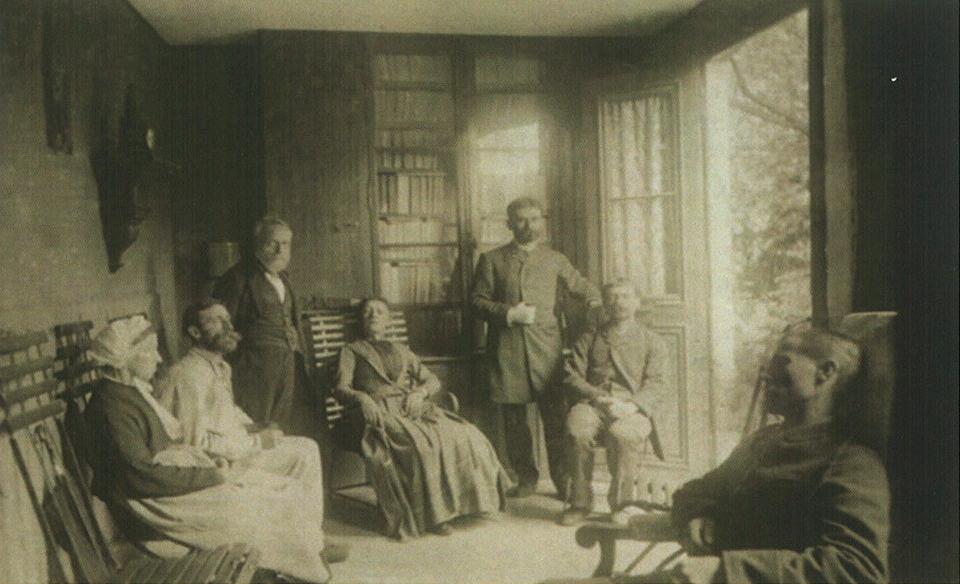
Timeline of Hypnosis Development
Franz Anton Mesmer emerged as a transformative figure in the realm of alternative medicine during the 18th century, leaving an indelible mark on the field with his groundbreaking ideas. He is best remembered for pioneering the concept of “animal magnetism,” which he eloquently described as an ethereal, invisible fluid that flowed through and interconnected all living beings. This intriguing notion can be likened to modern wireless technologies, such as Wi-Fi, which facilitate seamless communication and the exchange of information across vast distances.
Mesmer believed that this mysterious force of animal magnetism played a crucial role in harmonising health and nurturing emotional well-being, essentially serving as a bridge between the physical and metaphysical realms. His innovative theories paved the way for the development of contemporary practices, including hypnosis and psychotherapy, revealing the profound interconnectedness of the mind, body, and spirit in the pursuit of holistic wellness. Mesmer’s work not only challenged existing paradigms but also illuminated an enduring quest for understanding the intricate tapestry of human existence.
Visual Resource:
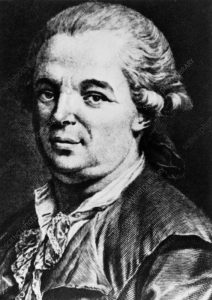
1840s – James Braid coined the term “Hypnosis”
Scottish surgeon James Braid, disillusioned by the vague and elusive concept of “invisible fluids” that had captivated the minds of his predecessors, embarks on a mission to redefine the enigmatic phenomenon of trance. In a pivotal moment in the mid-19th century, he coins the term “hypnosis,” deliberately shifting the focus away from the dramatic theatricality of mesmerism, which often relied on sensationalism and superstition. Instead, Braid advocates for a more rigorous and scientific examination of the profound psychological influence embedded in suggestion and the altered states of consciousness.
In his quest for understanding, Braid emphasises the crucial roles of rational inquiry and empirical evidence, grounding his theories in clinical observations and systematic experimentation. He meticulously explores the processes by which suggestion can lead to significant changes in perception, emotion, and even physiological responses, challenging prevailing notions and inviting a deeper investigation into the workings of the human mind.
Despite his innovative insights and earnest efforts to illuminate the complexities of this remarkable state of consciousness, the broader world responds not with the curiosity and enthusiasm one might expect but instead with a collective yawn. This reaction resonates with a palpable sense of indifference and apathy towards his pioneering contributions, underscoring a glaring disconnect between scientific progress and societal receptiveness to new ideas at the time.
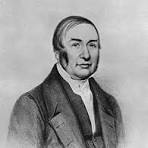
1880s – Liébeault and Bernheim’s Nancy School
Liébeault and Bernheim were key figures from Nancy, France, who significantly contributed to the understanding of hypnosis. They focused on the idea of suggestion, challenging the prevailing beliefs of their time, which viewed hypnosis as something mysterious or supernatural. Instead, they argued that hypnosis is a psychological experience that centres on how we think and process information.
This new perspective on hypnosis helped clarify what it truly is and demonstrated just how influential our minds can be. They believed that with the proper guidance, we can use suggestions to influence thoughts and behaviours positively. Their work laid the groundwork for modern hypnotherapy and fostered a deeper understanding of how the mind works, showcasing a touch of French elegance in their approach. The influence of Liébeault and Bernheim’s ideas remains evident today in psychology and therapy, underscoring the significant role that suggestion plays in our daily lives and interactions with others.
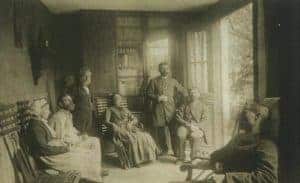
Liébeault and Bernheim’s Nancy school
1950s–1970s – Milton Erickson’s Indirect Suggestion
Milton Erickson takes a unique approach to hypnosis, stepping away from the conventional phrase “You are getting sleepy…” Instead, he crafts an engaging blend of stories, vivid metaphors, and clever indirect suggestions that effortlessly draw in his audience. Rather than appearing as a mysterious sorcerer of the subconscious, he presents himself as a charming and witty figure, much like a friendly uncle, always dressed in a stylish purple suit that adds a touch of dramatic flair to his character.
With every tale he shares, Erickson skilfully pulls listeners into his world, using humour and warmth to foster a comforting environment where they feel secure enough to delve into their own thoughts. His technique feels less like a mystical ritual and more like a captivating conversation filled with insights and imaginative experiences. In this inviting space, he encourages individuals to connect with their feelings and reflections, turning the hypnotic journey into a transformative adventure of creativity and self-discovery.
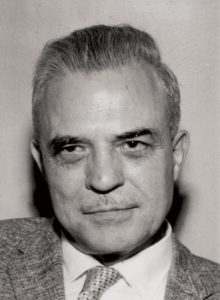
Portrait of Milton Erickson
2000s–Present – Neuroscience and Clinical Hypnosis
Contemporary neuroscience, advanced by state-of-the-art brain imaging technologies such as magnetic resonance imaging (MRI) and functional magnetic resonance imaging (fMRI), reveals insightful perspectives on the phenomenon of hypnosis. Research demonstrates that hypnosis elicits substantial and quantifiable alterations in brain activity, influencing various neural pathways and networks. These findings not only elucidate the mechanisms underlying hypnotic states but also highlight their potential applications in therapeutic contexts, including pain management, anxiety alleviation, and the treatment of psychological disorders.
As the disciplines of hypnosis and neuroimaging converge, they cultivate a comprehensive understanding that invites both thorough scientific examination and personal inquiry. This intersection provides researchers and practitioners with the opportunity to explore the intricacies of consciousness, perception, and human experience, ultimately deepening their understanding of the mind’s capabilities and the transformative potential of hypnosis.
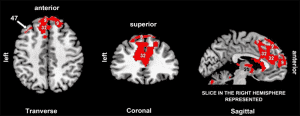
functional magnetic resonance imaging (fMRI) Scan
